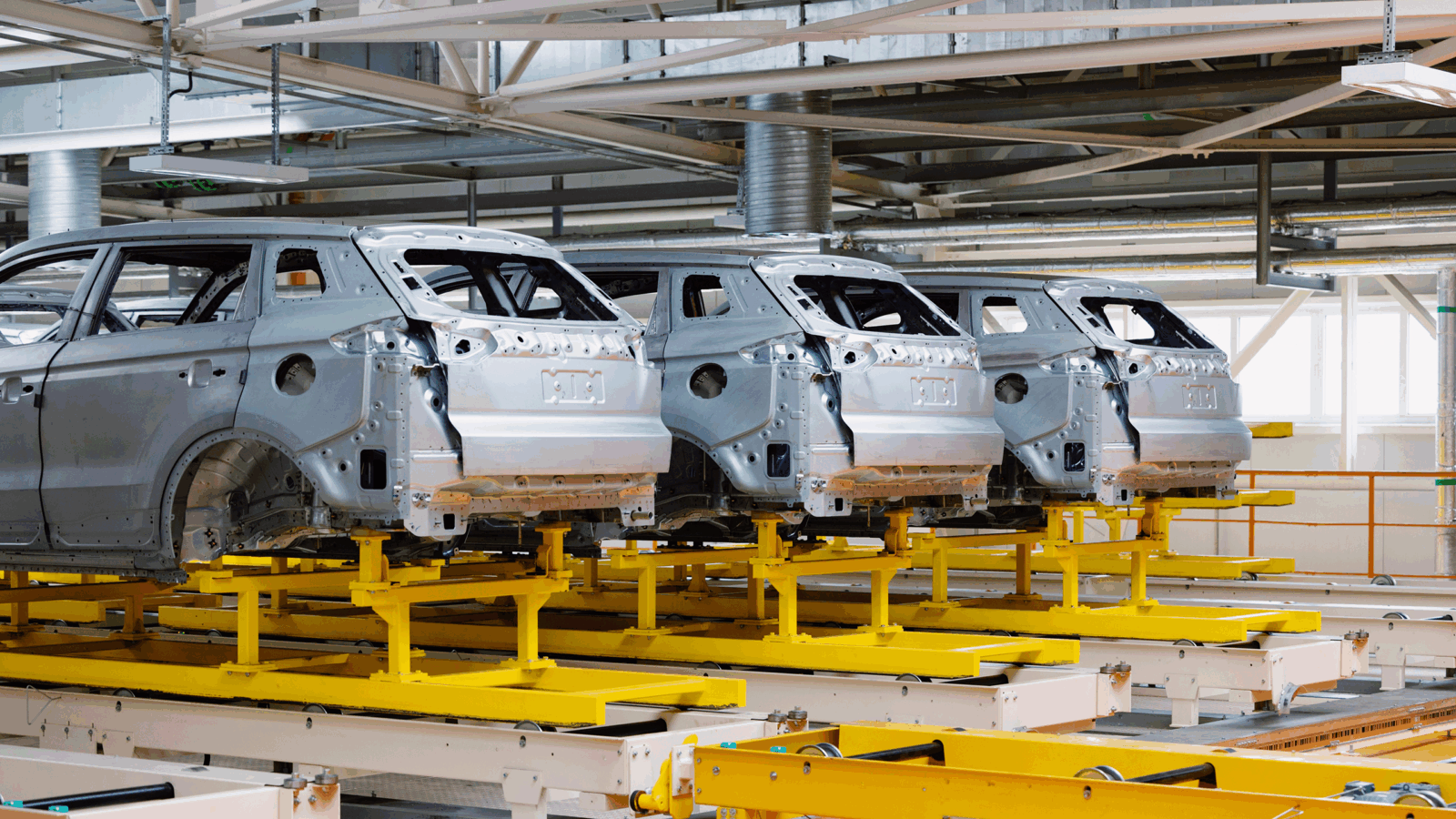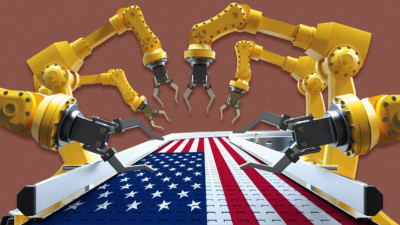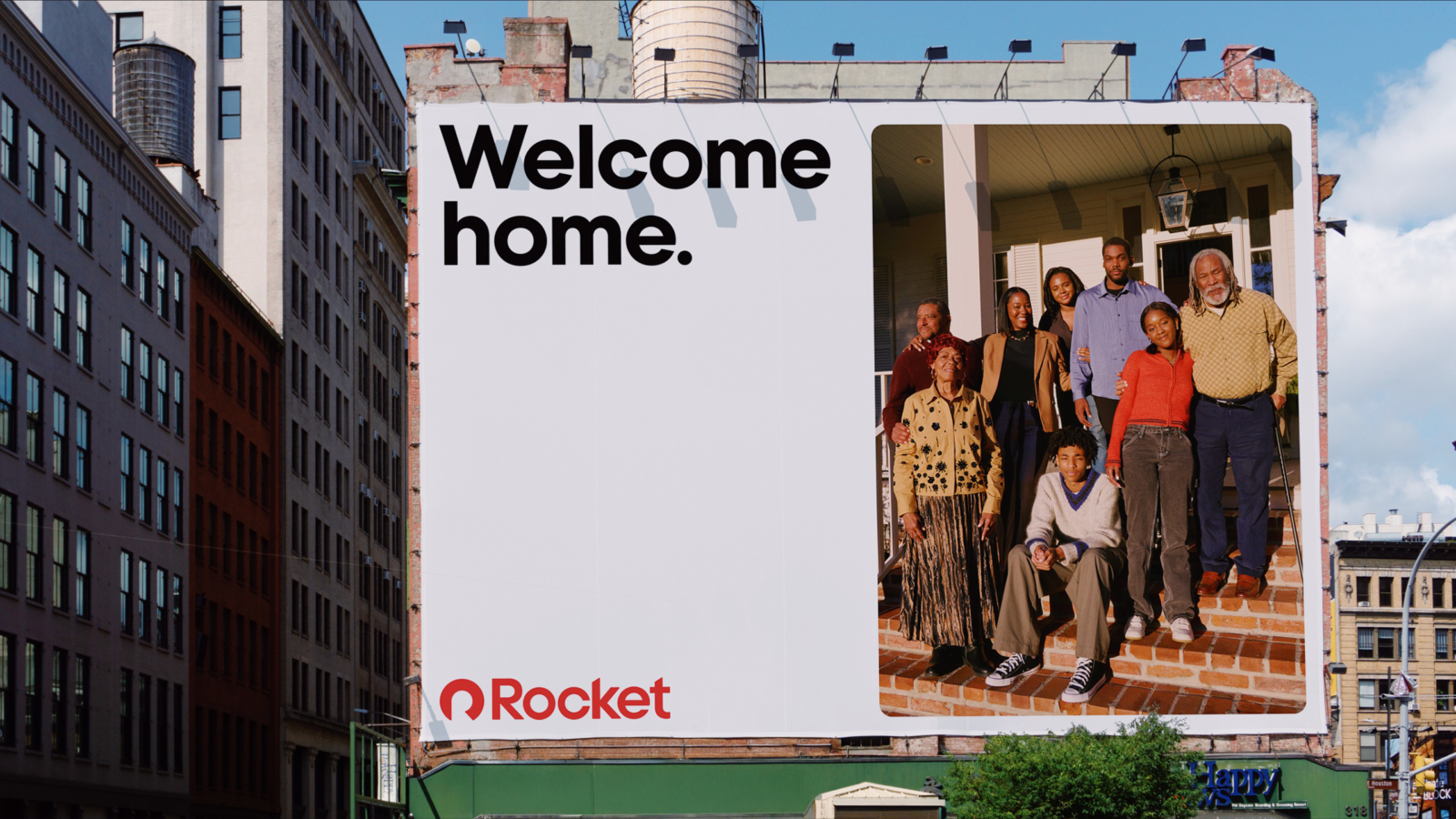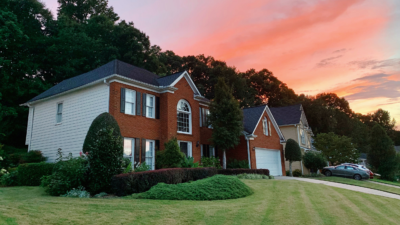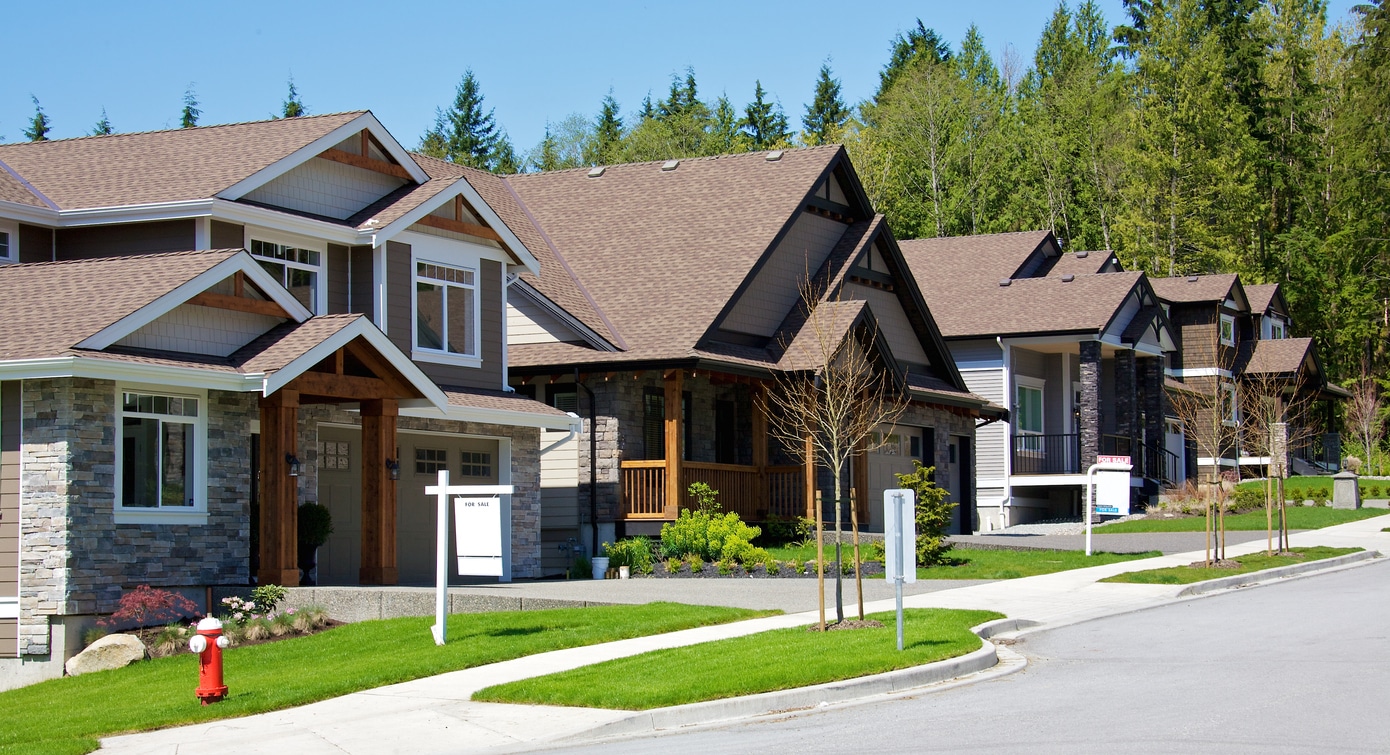
Sign up for smart news, insights, and analysis on the biggest financial stories of the day.
By many metrics, the US housing market is as strong as ever. Homes are worth more than at any time in history and according to Realtor.com, the national shortage stands at 5.2 million homes, up from the 3.8 million gap in 2019 (makes you wonder where people lived pre-pandemic).
For those standing on the outside wanting to get in, the current environment is clearly a buzzkill. But even for those on the new construction side of the equation — the gatekeepers holding the proverbial keys to the suburban kingdom — times are equally tough.
House of Window Pane
First, a couple of things you already know. The median listing price in the US hit a record $405,000 in March, according to Realtor.com. After years of ultra-low interest rates, the cost of borrowing is also on the rise: 30-year mortgage rates have topped 4.6%, up from just 3% late last year. A tough environment for seasoned buyers. Those looking to buy their first home can, as they say in Jersey, fuhgeddaboudit — 1.9 million would-be homebuying newbies will be locked out of that goal this year.
On the supply-side, one might expect that homebuilders — with tailwinds of strong balance sheets, attractive capital return programs, and limitless demand — would be relishing the environment. As one example, Lennar, the second-largest homebuilder in the US, reported a record $1.2 billion profit during the fourth quarter of 2021.
But investors across the sector are throwing a challenge flag. Lennar’s stock is down 27% so far this year, and many analysts are questioning the sustainability of the sector’s earnings against a dubious macroeconomic backdrop:
- Lennar trades at just 5.0x 2022 earnings. Toll Brothers, which caters to luxury clientele, trades at just 4.5x. The broader S&P 500 trades at 25.5x 2022 earnings, suggesting many investors believe earnings have peaked.
- Analysts are pointing to supply chain shortages in garage doors, windows, gutters, and other construction supplies, while the rising interest rate environment will likely become a drag on demand.
“Investors are understandably skittish, given the combination of higher rates and elevated prices makes homes less affordable,” Michael Rehaut, an analyst at JP Morgan, wrote in an investor note.
Bubble Concerns: It may not be smooth sailing forever for owners either. The Federal Reserve Bank of Dallas warned last week of a “brewing US housing bubble,” noting a “growing concern that US house prices are again becoming unhinged from fundamentals.”




